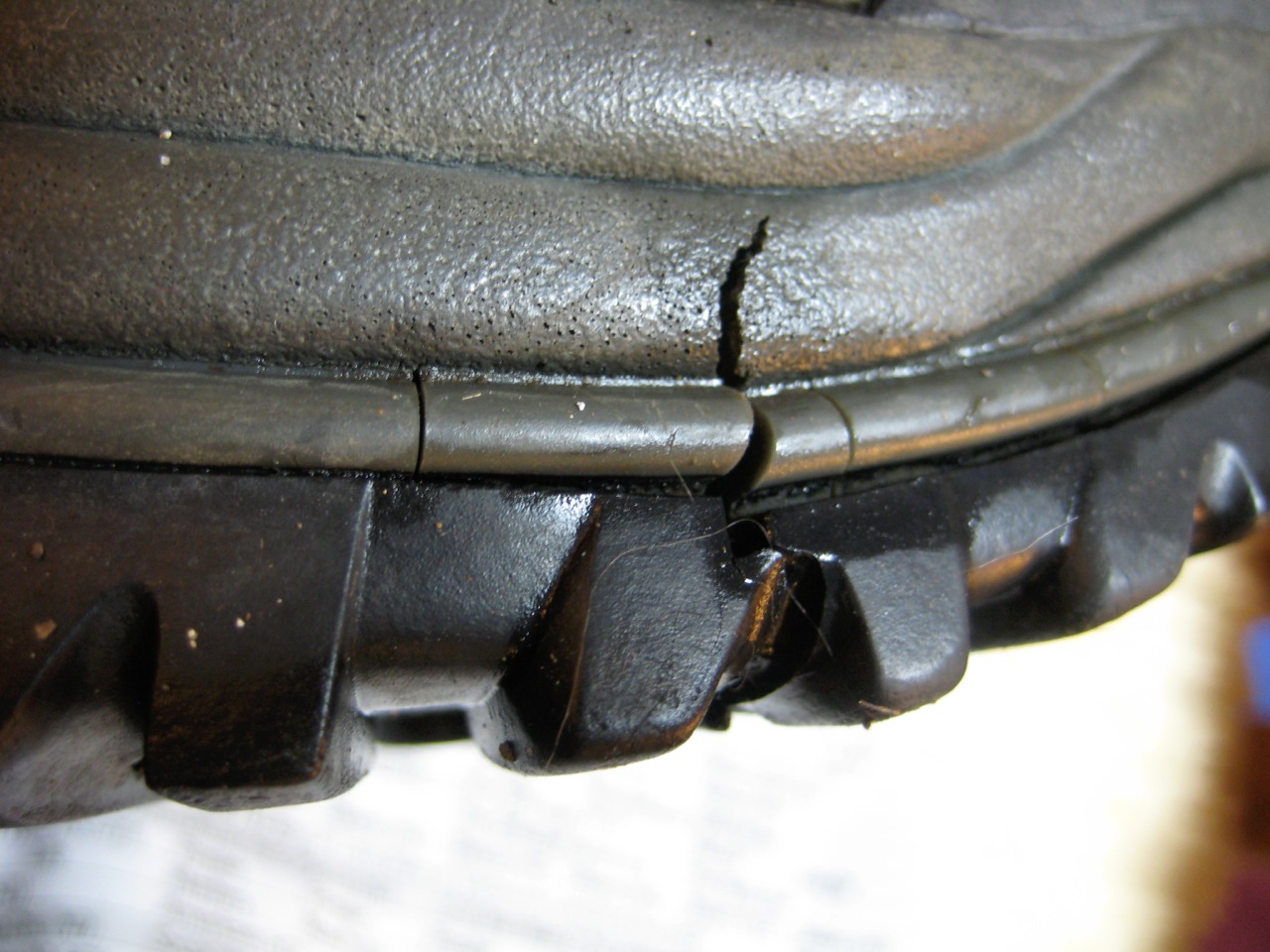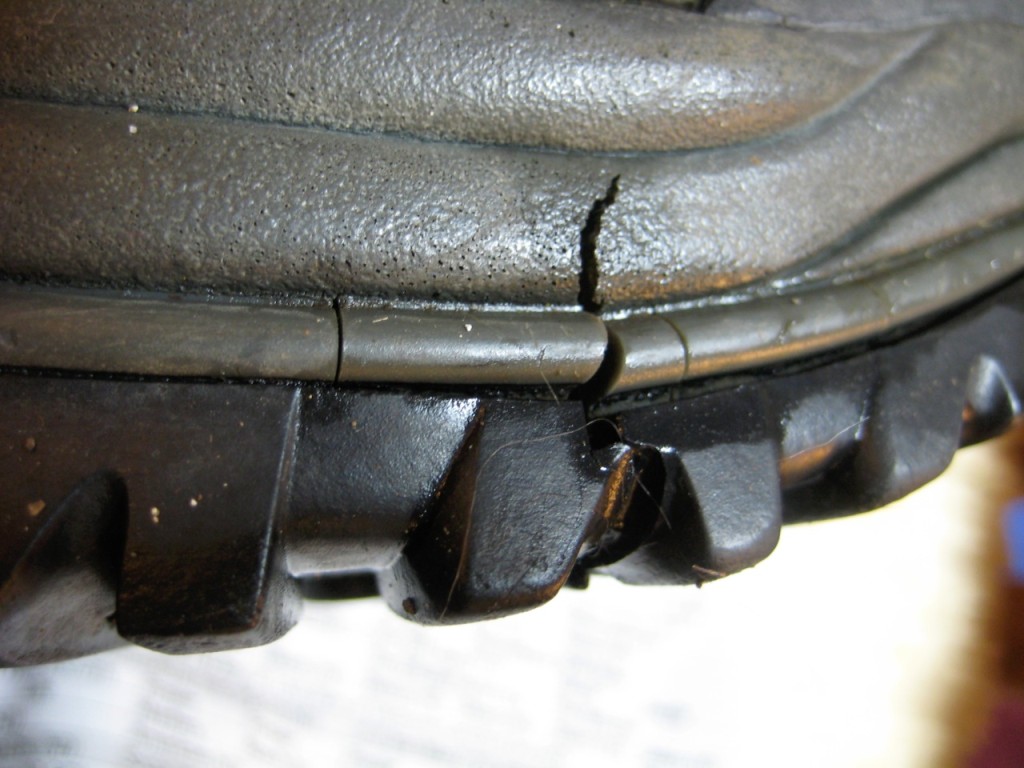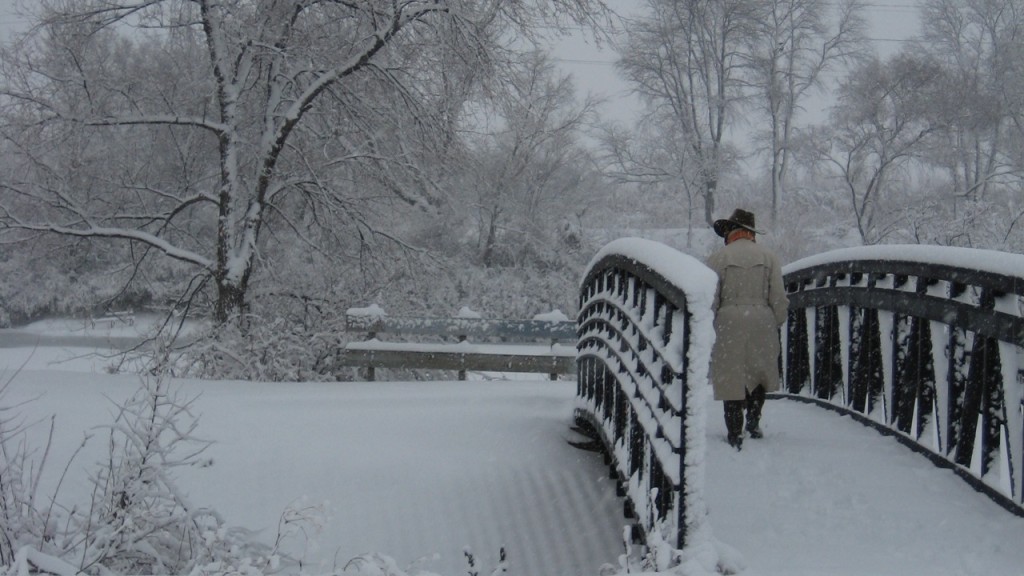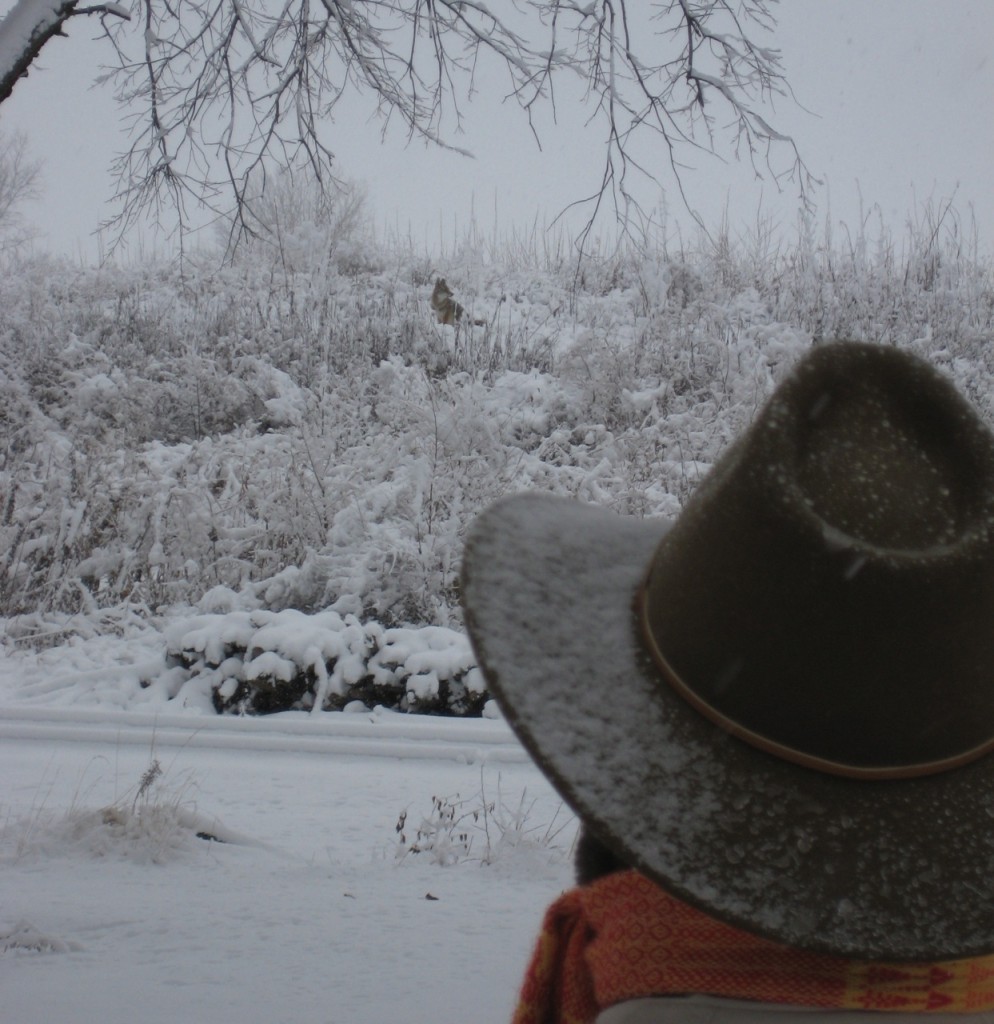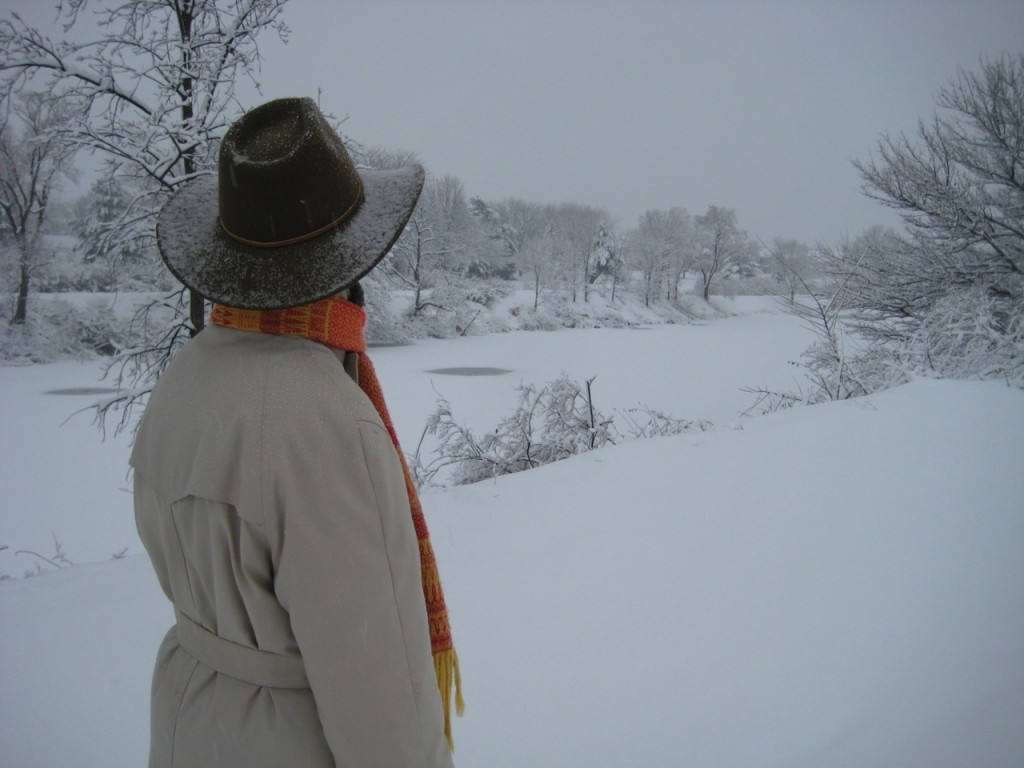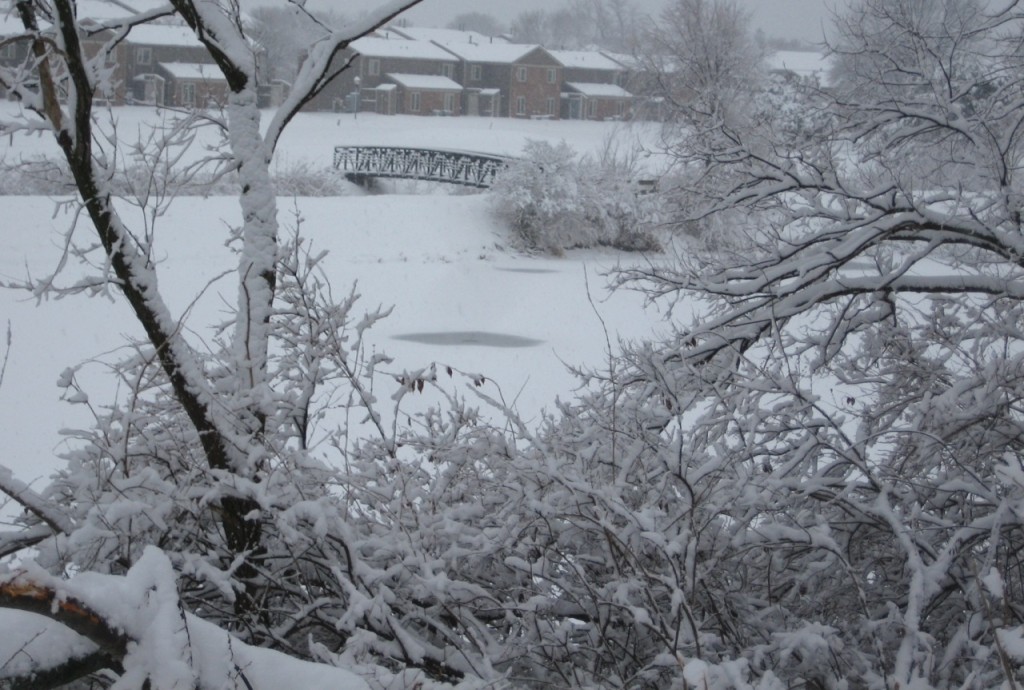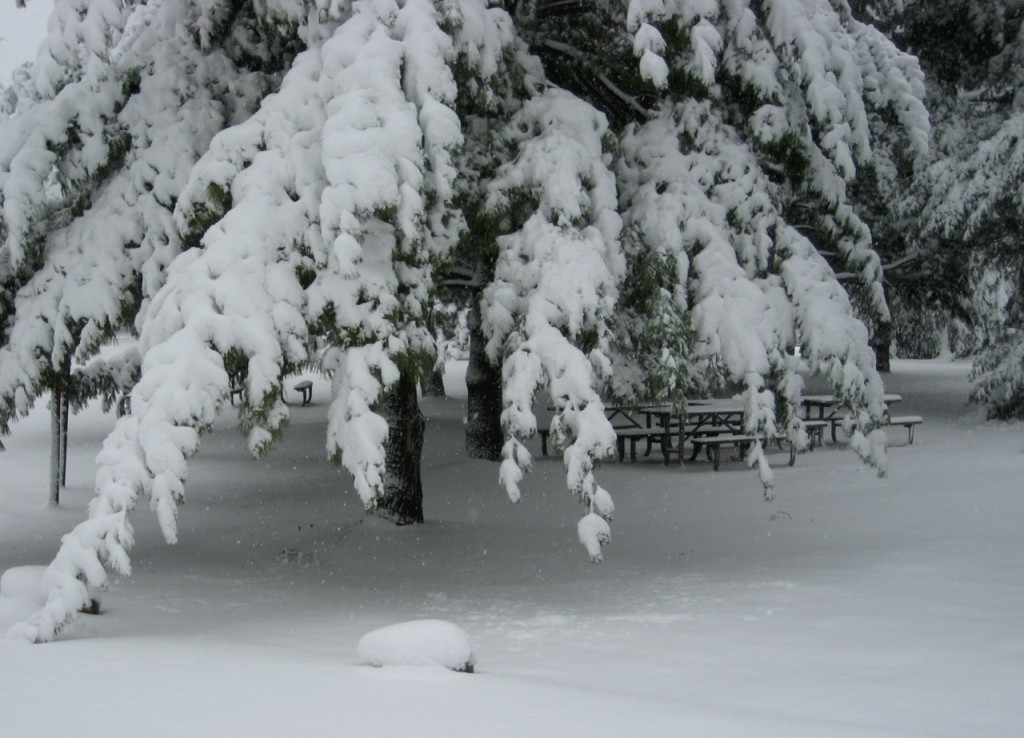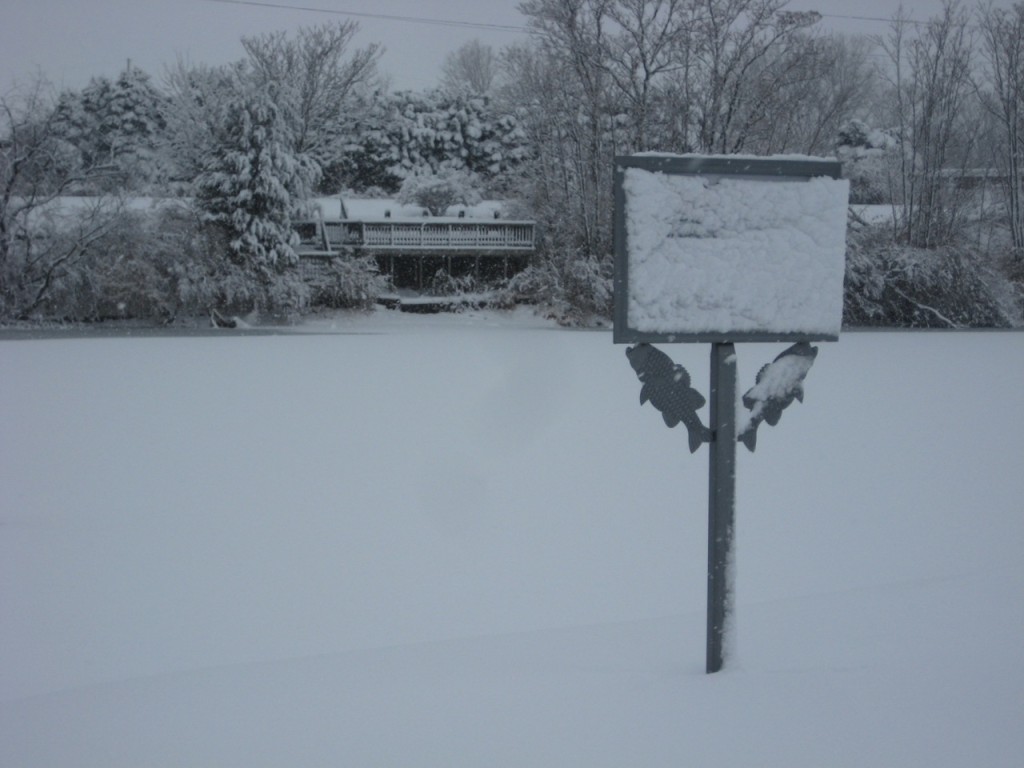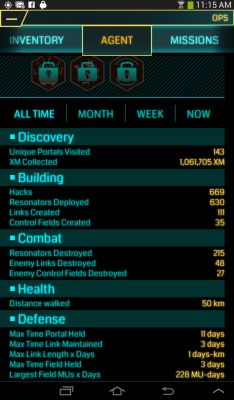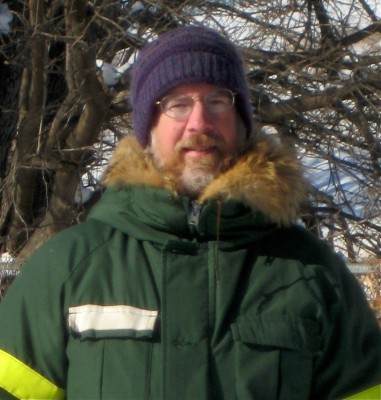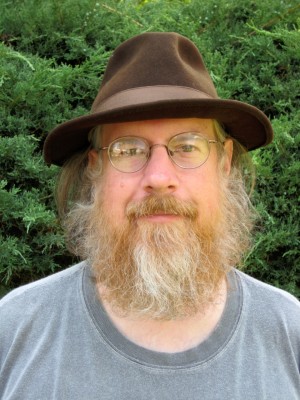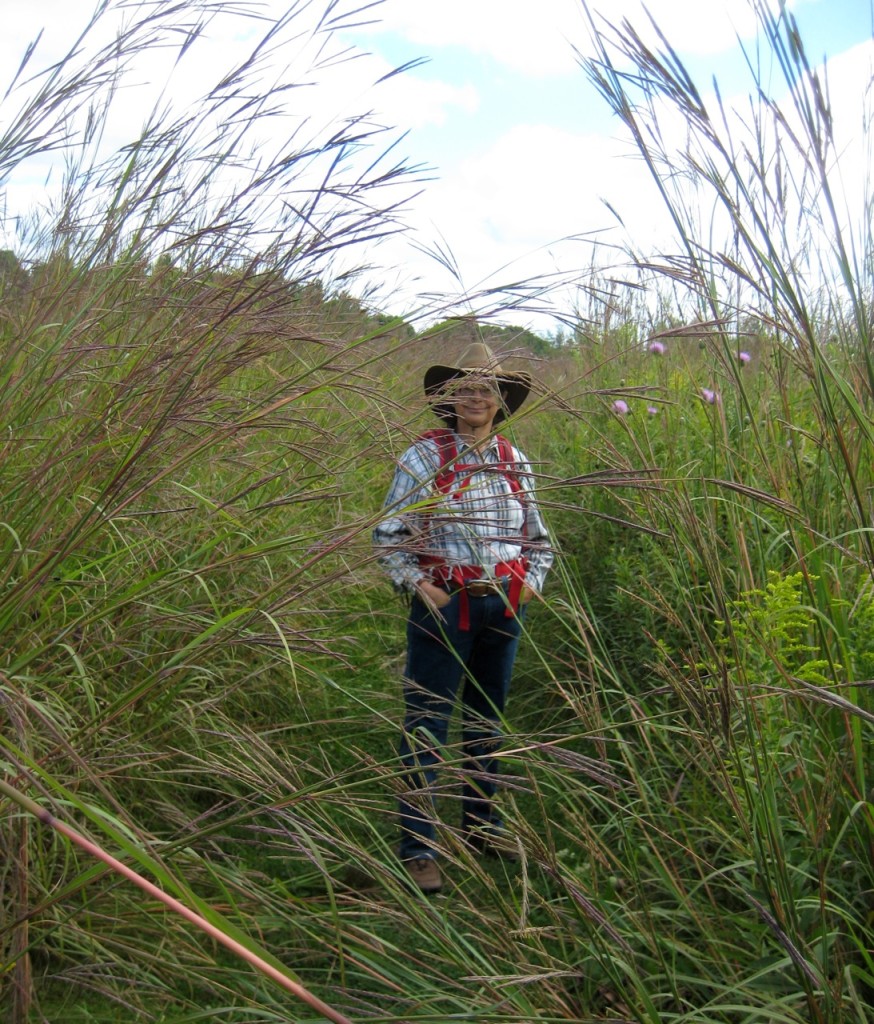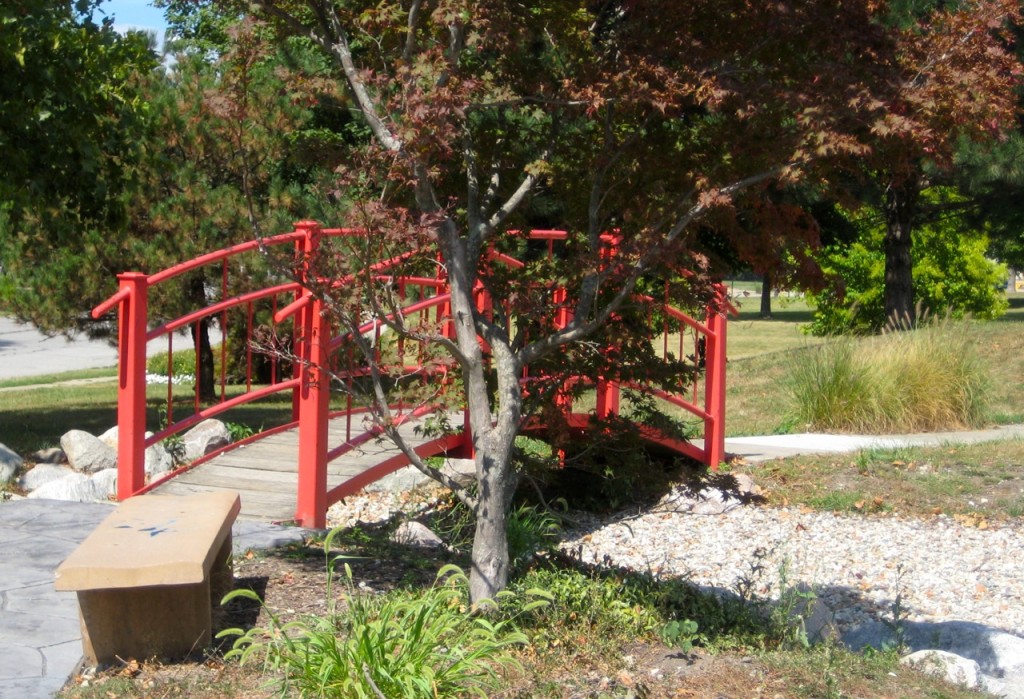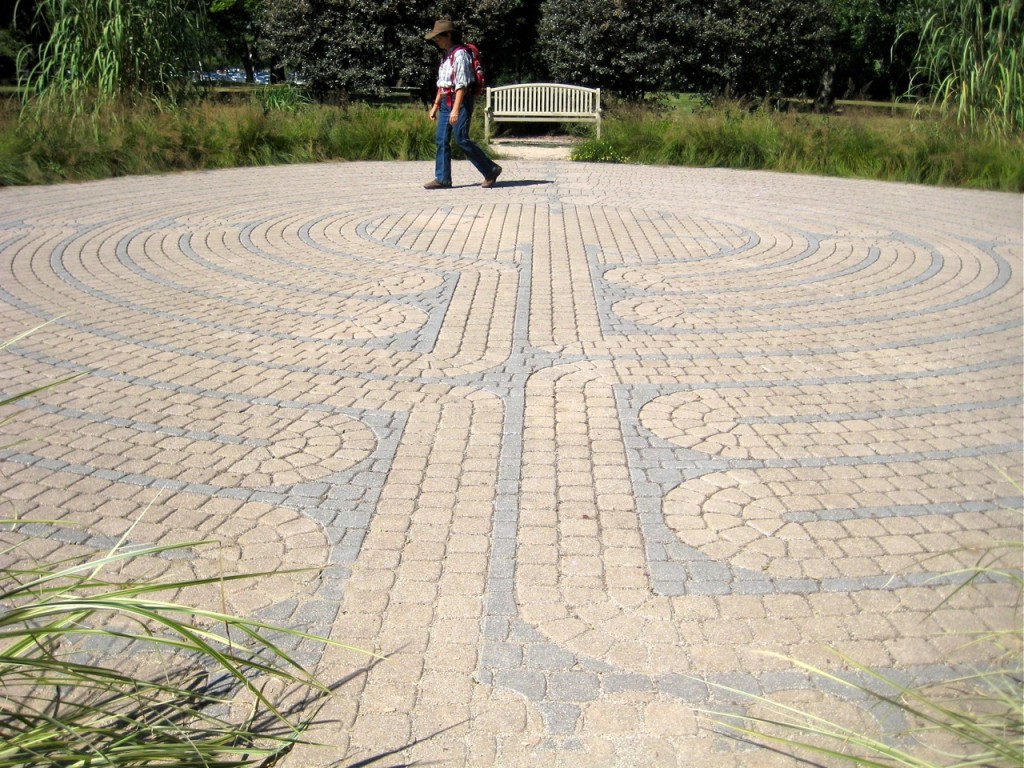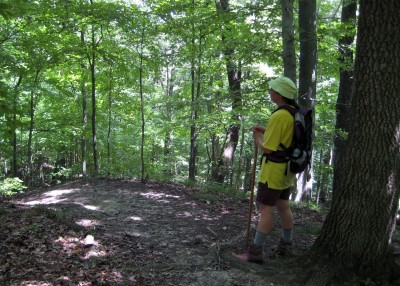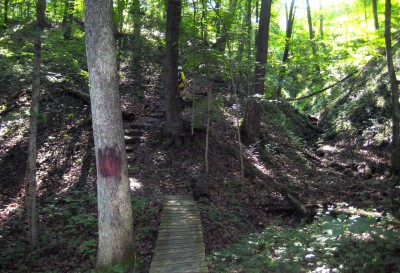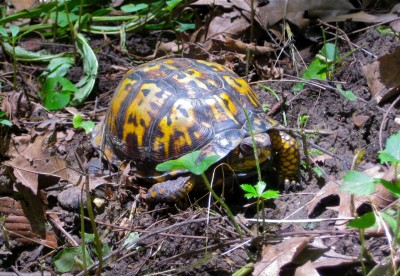I’ve always quit running during the winter. I found I could make myself get out and run in temps down to about 50 degrees, but when it got colder than that I didn’t enjoy the runs enough to make myself get out and run. I regretted this, because it meant that I did very little running for about six months of the year, but I didn’t regret it enough to get out and run in the cold.
This winter things have been a little different—the two phone-based games I’ve been playing have given me whole new motivations to get out.
I’ve walked 323 kilometers (200 miles!) playing Ingress, which I started playing back in September, almost all of that being walking that I wouldn’t have done without the game. That has stood me in good stead as a way to preserve fitness over the winter (although that includes walking that I did in the fall).
I experimented a bit with Ingress running, but found that although it was fine for the Ingress, it detracted from the run. I spent so much time pausing to play Ingress, that the average speed of my runs made them look like walks. There’s nothing wrong with that, and I may well do some more Ingress running this summer as a way to visit all my local portals without spending all day at it, but I missed the continuous effort of the run. I also missed having a measurable run, one that I could compare with an earlier run and get a sense of whether my fitness was ahead or behind of where it had been that year.
So, the Ingress hasn’t been getting me out to run, although it does get me out to walk.
However, I haven’t needed Ingress for running motivation, because I’ve got Zombies, Run!
It turns out, I don’t need temps above 50 to get me out to run, if I’m playing a Zombie mission. However, I’m still unwilling to run on ice and snow (because I’m not an idiot), and the cold, snowy winter, combined with the fact that people in Champaign-Urbana are the most un-neighborly people I’ve ever encountered when it comes to shoveling sidewalks, has meant that we’ve had conditions that kept me from running for the whole second half of January and most of February.
Today, though, the temperatures got up into the upper-30s, and got the snow and ice melting at speed. It was 36 degrees when I got back from lunch, and I’d seen that many sidewalks were finally clear, so I just changed into running clothes and headed right back out again.
I ran 3.16 miles in 37:11, for an 11:47 pace. (Zombies, Run! reports it as an 11:45 pace, probably due to rounding.)
Looking at my running log from last year, I see I didn’t do a 3-mile run until early May—so I’m a full two months ahead of the game. (Looking at the running log in more detail, I see that the issue wasn’t my aerobic fitness, it was the tendons in my knees that objected when I first ran 2.2 miles, and then again when I ran 2.4 miles. Last year I held my runs at those distances until my knees quit hurting. Being able to check this sort of thing is just what I’m talking about, when I complain about Ingress running not producing measurable, comparable runs. Happily, my knees felt fine today, probably because of all the walking.)
Best of all, the forecast is for highs above freezing every day for as far as the eye can see.
Now that I have my phone-based running games, all I ask is that the sidewalks be clear of ice and snow—and highs above freezing will take care of that.
After a brief lull as I began integrating already written text into my novel, things have picked up again, and the novel progresses apace.

